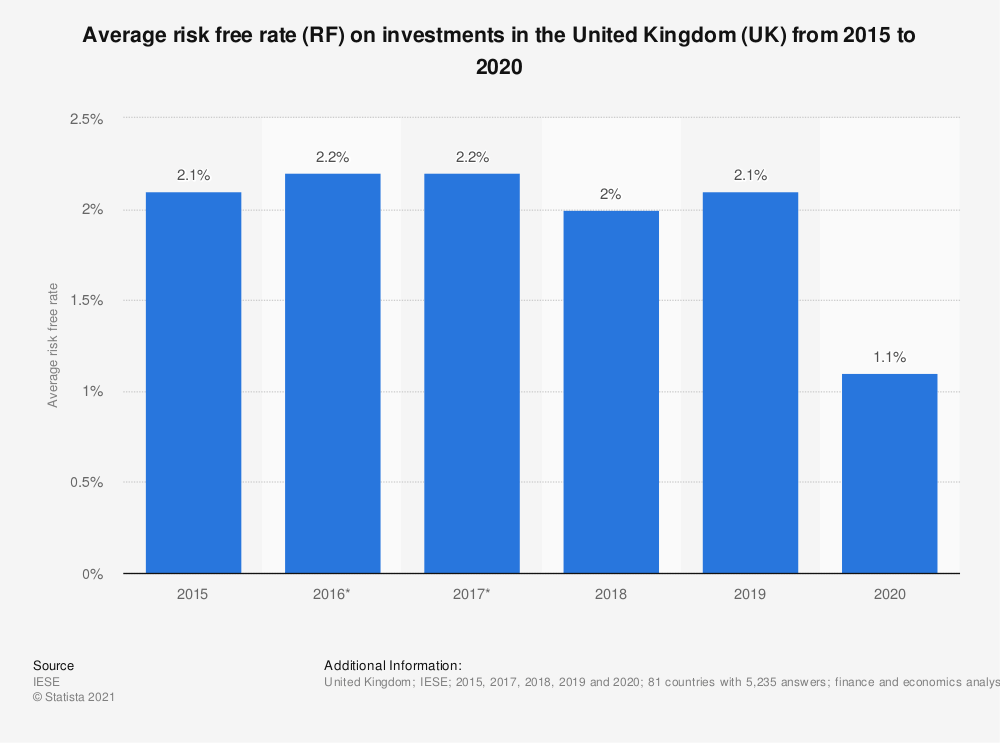There are a few important details for cautious investors and the type of portfolio that is typically suitable for a cautious investment strategy. The main aim of the cautious strategy is capital preservation.
Capital Preservation
Preservation of capital is a conservative investment strategy where the primary goal is to prevent loss in a portfolio. Two major drawbacks of the capital preservation strategy are; the effect of inflation, and comparatively lower returns to equities from relatively safer investments over the long term.
The Role of Risk Tolerance
This ability to stomach volatile investments is commonly known as risk tolerance and is usually low for cautious investors. A cautious investor may be panicked by seeing their portfolio drop 20% in value and they may be willing to forego the potential for large gains in return for the security of their capital. If the portfolio dropped 2%, a cautious investor may be more able to stomach the small loss.
The Risk-Free Rate of Return
Firstly, it is important to understand what the risk-free rate means.
The risk-free rate of return refers to the theoretical rate of return of an investment with zero risk of financial loss. In practice, the risk-free rate of return does not truly exist, as every investment carries at least a small amount of risk. The current risk-free rate is approximately 1.1% in 2020 on average as shown by the below chart.
The average risk-free rate of return in the UK (2015-2020)

The Use of Bonds
The structure of a cautious portfolio will typically be dominated by highly rated bonds. Rising interest rates mean bond values decrease. To understand this, we need to understand the relationship between interest rates and bond values.
Here is an example
You have originally invested £100,000 in a 5-year bond that pays 1%. Imagine rates on 5-year bonds jump to 4%, and you want to sell your investment. Could you sell your bond at its £100,000? Most probably not. Why would anyone else pay the same value for your bond when they could invest £100,000 in a new 5-year bond and earn 4%? Instead, the original bond’s value will go down to offset the lower interest rate.
The below graphic shows what usually happens to bond prices if interest rates rise.

Using the above example, if an investor holds on to the bond, he earns interest at a below market rate of 1%. This is a comparative loss considering you could get 4% from the new bond. In this circumstance, an investor wants the return of her money as quickly as possible so that it can be reinvested at the higher 4% rate.
Bond Funds
A bond fund is a pool of bonds and the combination of bonds may provide diversification among sectors and geographical regions to spread risk. Imagine the aggregated effect from the above scenario which ultimately means the fund value will drop in price from the effect of the new bonds in circulation.
So, what are your options if you are invested in a bond based cautious portfolio?
We believe the best idea is to stick to your long-term plan and that it is ‘time in the markets’ rather than ‘timing the markets’ that produces the best outcomes.
Changing strategy and making short term decisions may not be a good idea for these 3 reasons.
- Interest rates are extremely difficult to predict. While they are still at historic lows, we don’t know exactly when they will rise or by how much.
- Typically, asset values fall when rates rise, not just bonds. It’s just that with other asset classes, such as stocks, the fall is not as predictable. Other factors affect the prices of stocks, such as the economy and employment rates. Over the long-term, rising rates brings down asset values and bonds will usually be the least affected. If you were invested in property or equities, the result could be a lot worse.
- Rising rates may be negative in the short term but can increase returns over the long-term. As funds sell bonds at a loss, they reinvest the funds at higher rates. Over time the increased rates can offset the losses.
If you have a cautious portfolio you may well notice changes in your policy valuation. Please get in touch with your adviser if you have any concerns.
About Author
How can we help you?
If you would like to speak to one of our advisers, please get in touch today.


